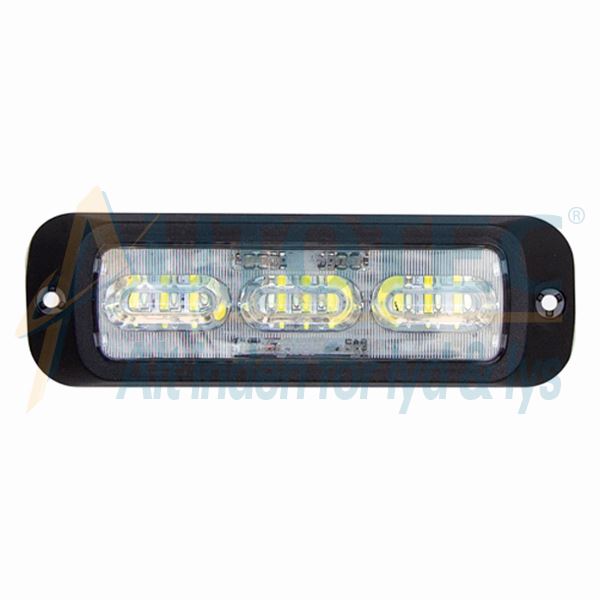
Rocket had 25 copper fire-tubes that carry the hot exhaust gas from the firebox, through the wet boiler to the blast pipe and chimney. Previous locomotive boilers consisted of a single pipe surrounded by water (though the Lancashire Witch did have twin flues). Rocket uses a multi-tubular boiler design. Early locomotive designers had been concerned that the adhesion of a locomotive's driving wheels would be inadequate, but Stephenson's past experience convinced him that this would not be a problem, particularly with the light trains of the trials contest. Rocket placed just over 2 + 1⁄ 2 tons of its 4 + 1⁄ 2 ton total weight onto its driving wheels, a higher axle load than Sans Pareil, even though the 0-4-0 was heavier overall at 5 ton, and officially disqualified by being over the 4 + 1⁄ 2 ton limit. The weight of coupling rods was avoided and the second axle could be smaller and lightweight, as it only carried a small portion of the weight.
#Rocket synkron drivers#
The use of single drivers gave several advantages.
#Rocket synkron driver#
This was the first 0-2-2 and first single driver locomotive. Stephenson's most visible decision was to use a single pair of driving wheels, with a small carrying axle behind. Innovations Single pair of driving wheels Stephenson realised that whatever the size of previously successful locomotives, this new contest would favour a fast, light locomotive of only moderate hauling power. In particular, the weight of the train expected to be hauled was to be no more than three times the actual weight of the locomotive. Six-wheeled locomotives were limited to six tons, four-wheeled locomotives to four and a half tons. As the first railway intended for passengers more than freight, the rules emphasised speed and would require reliability, but the weight of the locomotive was also tightly restricted. Stephenson designed Rocket for the Rainhill Trials, and the specific rules of that contest. The smaller rear wheels were not coupled to the driving wheels, giving an 0-2-2 wheel arrangement. The large front pair of wooden wheels was driven by two external cylinders set at an angle. The locomotive had a tall smokestack chimney at the front, a cylindrical boiler in the middle, and a separate firebox at the rear.



 0 kommentar(er)
0 kommentar(er)
